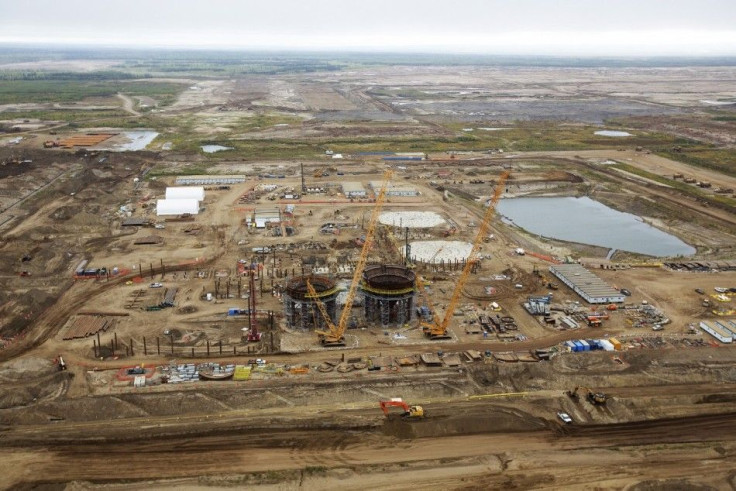Alberta, Canada Starts Saving For Its Future By Ending Over-Reliance On Oil Revenues

Alberta’s public spending has ballooned over the years mainly due to population growth, shifting resource revenue and changing priorities, which all translate into requiring a fat budget in order to sustain the standards of public services. While the province’s abundant oil reserves have been efficient in providing for revenues, lately however, what the government receives from sources including those from the oil have not been adequate. Consequently, Alberta incurred the biggest budget deficit in its history — C$5 billion ($5.2 billion) — and on top of that, its debt is expanding.
In the Budget Address 2015 on Thursday, March 26, Minister of Finance Robin Campbell revealed there is a necessity for Alberta to shift its reliance from oil revenues to other sources, otherwise, the potential budget deficit shall reach an alarming state — C$7.9 in 2017 — despite the promising recovery of oil prices. In order to bring back fiscal balance and, eventually, fiscal stability, Alberta should develop other areas which have the potential of creating new opportunities for Albertans and simultaneously, generate public funds.
In “Putting Things Right,” the 10-year strategic plan of Alberta, the government explained “the recent international price war over oil has demonstrated the risks and dangers of relying on energy revenues to fund public services. With little to no influence over oil prices, it is simply irresponsible for Alberta to rely on these unstable revenues to fund health, education and other vital public services that Albertans depend upon.”
In addition, Alberta’s Budget 2015 Fiscal Plan says the province’s heavy reliance on revenue sources that can be volatile and unpredictable exposes the government uniquely to other governments. Similar to energy companies, banks and other investors, the government of Alberta must also evaluate the degree of risk it is willing to take relevant to its revenue outlook and spending decisions. Consequently, it is ending its over-reliance on energy revenues. At present, oil revenues are the primary source of budget.
Between 2018 and 2019, it will use only 75 percent of the revenues and between 2019 and 2020 — and the five years that ensue — it will use only 50 percent of energy revenues. The rest of the revenues will be allocated for savings and funding investment in infrastructure or reduction of capital debt. Alberta’s objective of securing a brighter and stronger province rests on three strategic principles and starting savings is among them.
For comments or feedback on the article, please contact the writer at selivak@ibtimes.com.au.





















